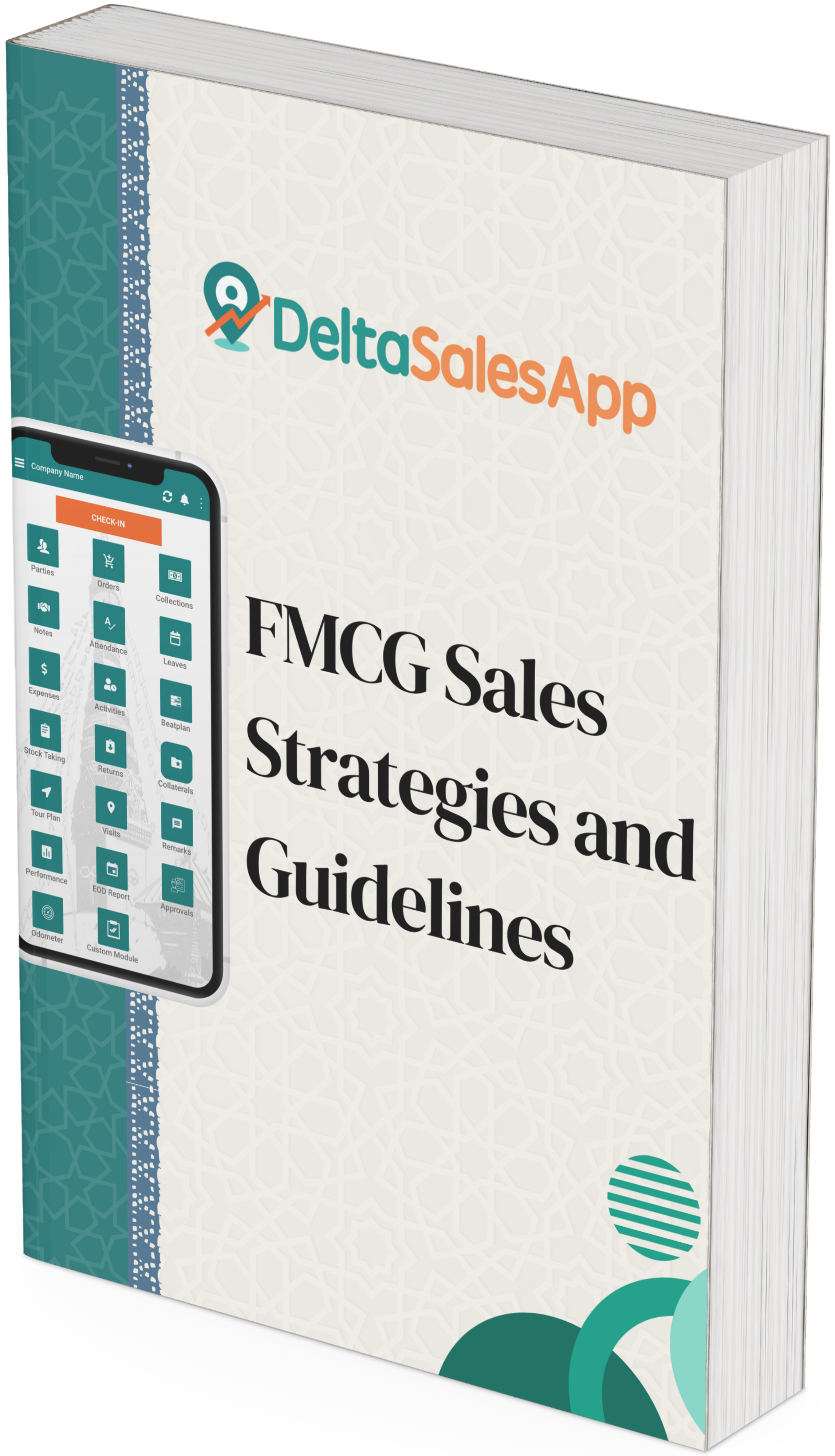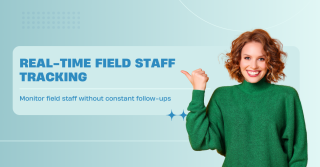Ignite Field Sales Performance through Gamification
_1745147559.png)
Managing a field sales team is like coaching athletes who are always on the road. Each rep is out in the market—visiting stores, checking on displays, selling, solving problems—often without direct, day-to-day oversight. While this autonomy can be empowering, it also makes it harder to keep everyone aligned, focused, and consistently motivated.
That’s why more and more sales leaders are turning to gamification: the art of using game mechanics—points, challenges, rankings, and rewards—to drive engagement and performance.
And when you integrate gamification into your daily workflows, especially through tools like a mobile-friendly field sales app, the results can be remarkable. Reps become more accountable. Managers get better visibility. And the entire team rallies around a shared, energizing sense of progress.
Let’s break down how to use gamification to elevate your field sales operations.
1. Run Contests That Actually Matter
Everyone loves a little competition. But for sales contests to be effective, they need to be more than fun — they need to be strategic.
Start by tying your contest goals directly to your sales objectives. If you’re trying to expand visibility in a new region, you might challenge reps to activate the highest number of new stores. If the focus is on execution, make it about who sets up the most compliant displays.
The key is to:
Make rules clear and simple
Keep scoring transparent
Update the team regularly on standings
Recognize both winners and strong effort
Gamification works best when it's consistent and fair. Segmenting reps by territory type and using activity-based points helps level the playing field, ensuring everyone stays engaged — not just your top sellers.
2. Make Progress Visible with Leaderboards
People tend to focus on what’s being measured. That’s why leaderboards are such a powerful motivator. They give field reps instant feedback on how they’re doing — not just against others, but against their own past performance.
You might highlight:
Most store visits
Highest order values
Fastest territory coverage
Best improvement week-over-week
Leaderboards don’t need to be fancy — just visible. Whether shared through a weekly update or shown right inside your sales tracking app, they provide the spark that pushes reps to do just a little more.
And to keep morale high, rotate categories often. One week could focus on new store activations, the next on shelf execution. It’s a simple way to make sure every rep has a chance to win, and every effort gets noticed.
3. Help Reps Set (and Break) Their Own Records
Not every rep is driven by competition — some are more motivated by personal growth. Gamification taps into that too.
Encourage reps to track and beat their own performance benchmarks. Whether it’s hitting a new high in daily store visits or improving display compliance, these “personal bests” are just as motivating as leaderboard wins.
And when managers use those insights in one-on-one coaching, they shift the conversation from pressure to progress — celebrating small wins, offering targeted support, and building confidence.
It’s not about being perfect. It’s about getting better. That shift in mindset can create long-term performance improvements across your entire team.
4. Tie Gamification to What Matters Most
Gamification is fun — but it’s also strategic. If you’re not tying it to real business outcomes, you’re missing the point.
Think about what behavior drives your biggest wins:
Better product visibility?
Faster store coverage?
Fewer out-of-stocks?
Design your contests and recognition programs around those. With the right tracking tools in place, you can connect day-to-day field activity with store-level performance and understand exactly what’s working — and why.
Whether you’re promoting a new product line or trying to strengthen distributor execution, gamification gives you a framework to align everyone around shared goals, and measure progress in a way that’s both actionable and motivating.
In Conclusion
Gamification isn’t just a buzzword — it’s a practical, proven way to boost field sales performance. By adding a bit of competition, visibility, and personal progress into your reps’ day-to-day routines, you create a culture where people want to win — and know exactly how to do it.
And when you support that culture with the right tech, like a well-designed field sales app, it becomes easier to scale, track, and continuously improve.
Because in field sales, every visit counts. Gamification just makes sure every rep knows it.
Quick FAQs
1. Does gamification really work in field sales?
Yes, gamification has been proven to increase motivation, accountability, and performance in field sales environments. By tapping into natural human drivers like competition, recognition, and achievement, it makes everyday tasks more engaging. Companies that implement gamified programs often see improvements in sales execution, team morale, and rep retention.
2. How can I start using gamification with my team?
Begin by identifying the key behaviors that drive success in your field operations—such as store visits, display setups, or order placements. Then, create simple contests around these actions. Use points, badges, or leaderboards to make progress visible. You don’t need to launch a huge program right away; start with one campaign, test, and build from there.
3. Do I need a special app or software to implement gamification?
While it’s possible to track results manually using spreadsheets or email updates, using a field sales app designed for gamification makes it significantly easier. These platforms automate tracking, scoring, and leaderboard updates, making the experience seamless for both reps and managers.
4. My sales team is spread across multiple regions. How can I keep the competition fair?
Segment your contests by region, market type, or rep role to ensure fairness. You can also use activity-based metrics rather than just sales outcomes—like number of visits, new accounts opened, or display compliance. This helps ensure reps in different conditions still have an equal shot at winning.
5. Will gamification only motivate my top-performing reps?
No — when designed thoughtfully, gamification encourages participation from the entire team. Personal best tracking, tiered challenges, and rotating contest categories give everyone an opportunity to shine. It’s not just about being #1 — it’s about making progress and being recognized for effort and improvement.
6. What kinds of rewards work best for gamification?
Rewards don’t always have to be monetary. Public recognition, badges, certificates, or small perks (like a gift card or extra time off) can be highly effective. The key is to match the reward to your team’s values and to ensure the criteria for winning are transparent and fair.









